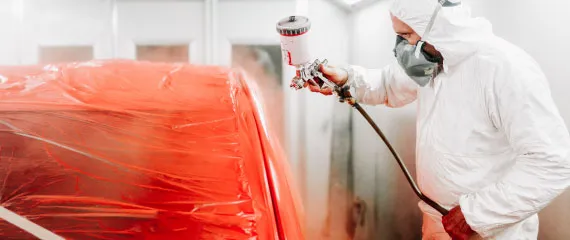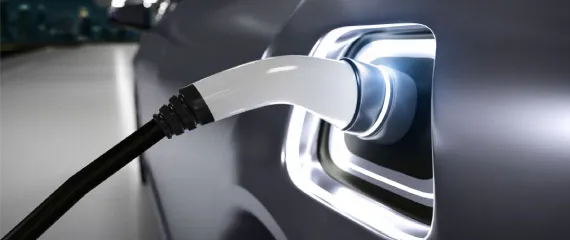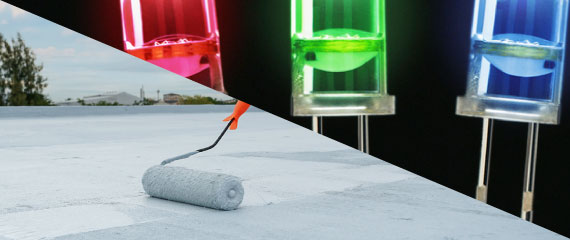
CYCLOALIPHATIC EPOXIES
High Performance Products and Processes with Cycloaliphatic Epoxies from Daicel
Manufactured in Japan, Daicel’s cycloaliphatic epoxies are the result of our proprietary technology. In our epoxy business, we are known for developing superior products that help our customers achieve a variety of performance attributes for products in markets such as coatings, adhesives, sealants, composites, inks, and insulation materials, to name a few.
We generate our unique portfolio of cycloaliphatic epoxies through an epoxidation reaction with peracetic acid. Unlike Bisphenol A epoxy resins for general use, our epoxies are characterized by being liquids with extremely low viscosity, having a very minimal content of chlorine and other halogens, as well as superior UV and yellowing resistance. That means better products and easier processing for our customers.
- Proprietary technology yields elite, modifiable epoxies
- Low viscosities optimize processing for a wide range of formulations
- Compatible with a wide array of resins and plastics
- Excellent transparency, along with superior heat and weathering resistance.


CYCLOALIPHATIC EPOXIES
Cycloaliphatic Epoxies Chemical Types
Celloxide
Low viscosity cycloaliphatic epoxy resins industrialized through the epoxidation reaction with peracetic acid. Can be cured with a wide variety of crosslinking agents for cured products with excellent transparency, high heat distortion temperatures, great weather resistance, good mechanical strength, good cationic reactivity, and high electrical insulating properties.
EHPE
Multifunctional epoxy resins consisting of a cyclohexane skeleton and a terminal epoxy group. Characterized by an extremely low chlorine content and capability to be cured by acid anhydride, phenol, amine, and cationic hardeners (liquid type only). Cured products possess high Tg, excellent heat and weathering resistance properties, and high levels of transparency.
Epolead
Epoxidized polybutadienes that yield tough coating films having rubber-like elasticity by using different curing agents such as phenol resin, acid anhydrides, polyamines, and cationic catalysts. Characterized by having excellent impact, bending resistance, and compatibility with bisphenol A glycidyl ether type and cresol novolac type epoxy resins.
Cyclomer
Methacrylate compound that includes a cycloaliphatic epoxy group and has good cationic reactivity. This low viscosity liquid contains high stability in water, as well as good polymerization and mechanical stability. This product can be radically copolymerized with vinyl monomers such as styrene, methacrylate ester, and ethylene.
Epofriend
Thermoplastic elastomers (TPE) with epoxy groups in the polymer chain. Epoxy groups are as reactive as those of other epoxy resins with hardeners such as amines, acid anhydrides, and cationic catalysts. Benefits include rubber-like elasticity, low melt viscosity, compatibility with a variety of resins and plastics, and high adhesion to dissimilar substrates.
Have questions about our Cycloaliphatic Epoxies Chemical Types?

Cycloaliphatic Epoxies Applications

CHEMISTRIES
Explore our other product chemistries
Use our product finder to search for the raw material you need
The perfect raw material for your solution is a few steps away
01.
Talk to an expert.
Submit the contact form, and we’ll connect you with one of our technical support specialists to learn about your application and send out your free sample.
02.
Confirm your specifications.
Experiment with the sample and share the results with our technical service team. If needed, we’ll customize the polymer for your needs.
03.
Order your chemical.
With your speciality chemical dialed in, you can order the quantities you need from development to production.
 PRODUCTS
PRODUCTS




